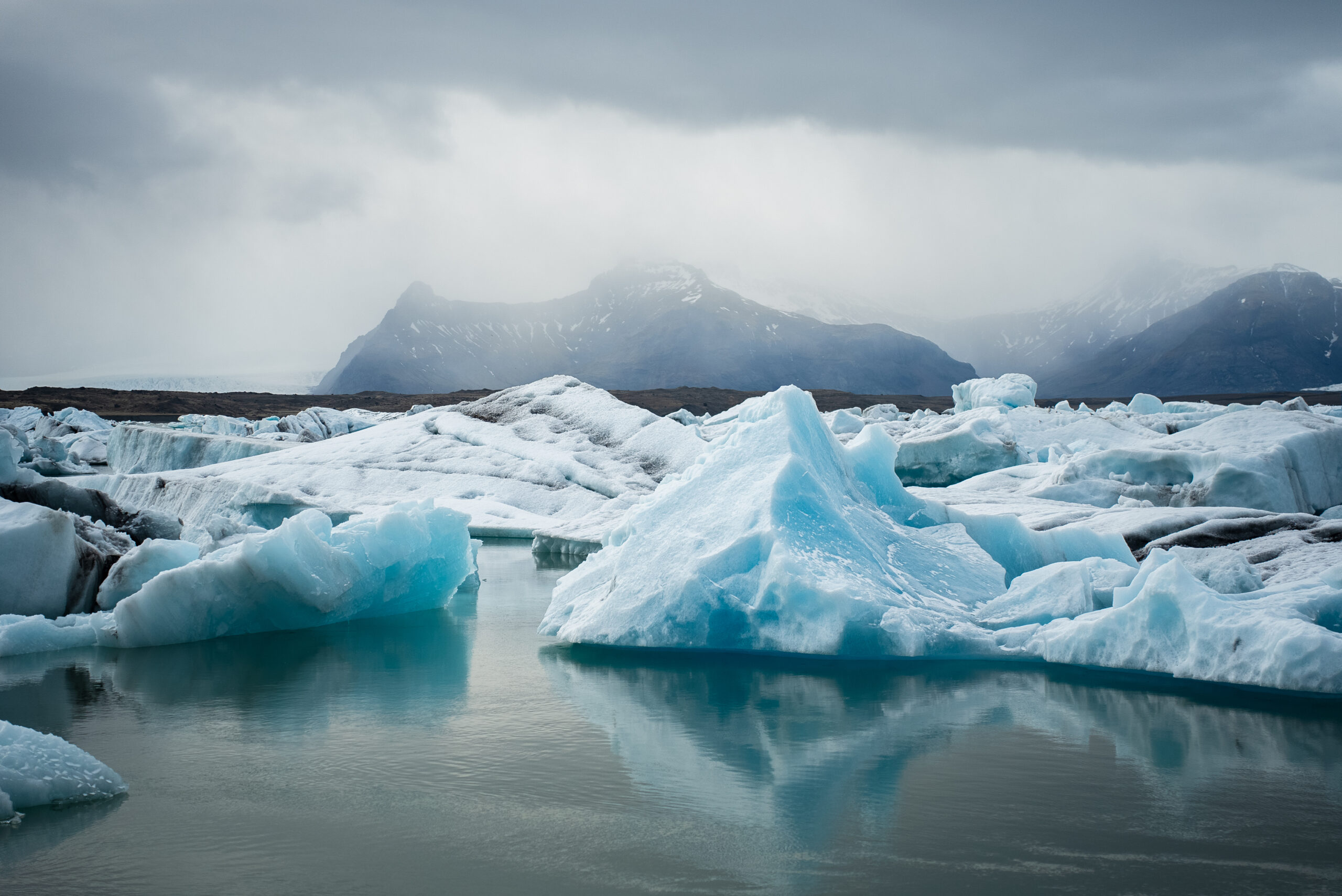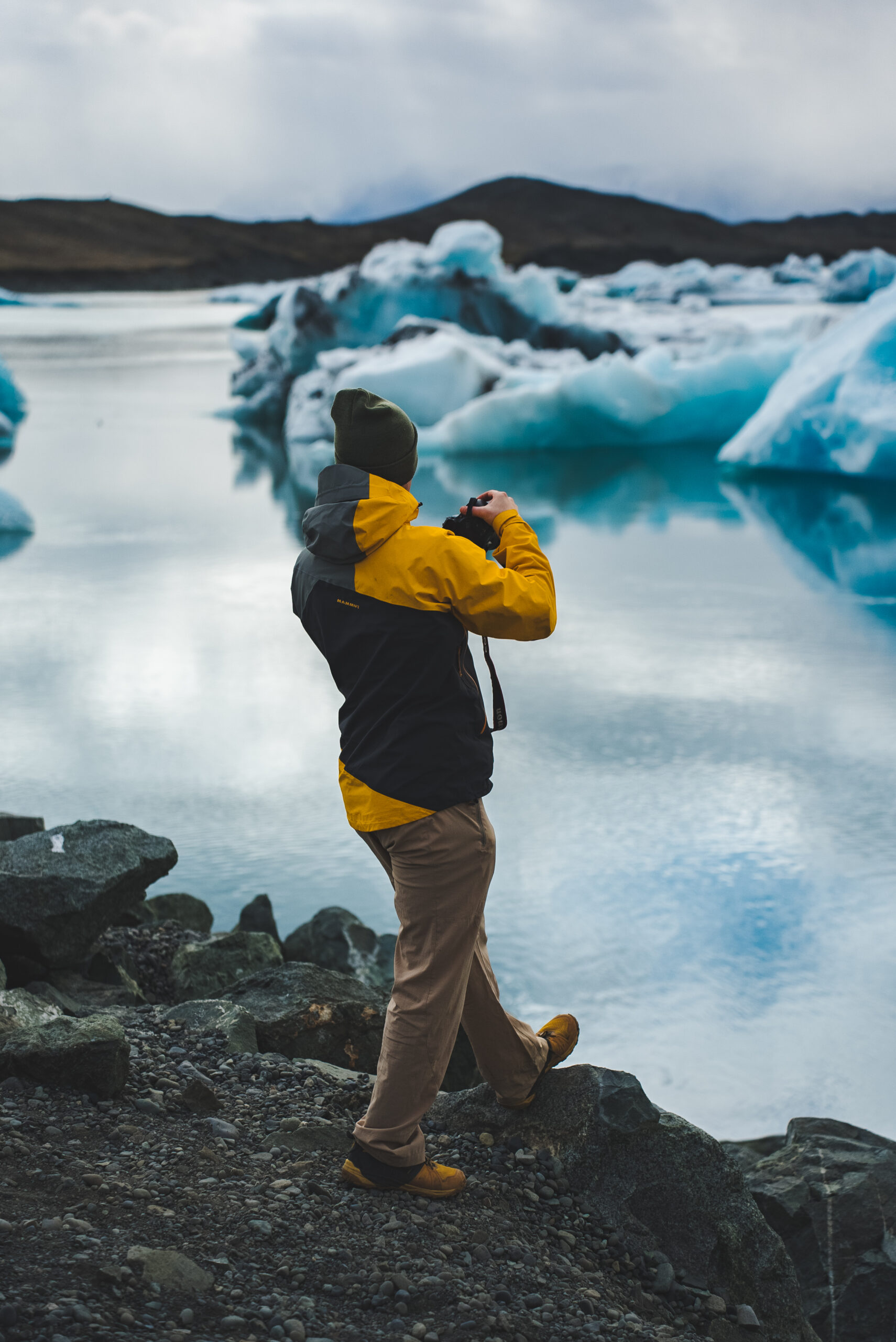
As the winter season approaches, it’s important to ensure that your kayaks are stored safely outdoors. Freezing temperatures and harsh weather conditions can potentially damage your kayaks if not properly stored. In order to prevent any potential harm, there are a few key tips to keep in mind. By taking the necessary precautions, you can ensure that your kayaks remain in excellent condition and are ready to go for your next adventure in the spring.
Preparing the Kayak for Winter Storage

Clean the kayak thoroughly
Before storing your kayak for the winter, it is important to clean it thoroughly. Use a mild soap or kayak cleaner and a soft sponge or brush to remove any dirt, grime, or salt residue. Pay extra attention to the cockpit, hull, and any other areas that may have accumulated dirt or debris. Rinse the kayak with clean water and allow it to dry completely before proceeding to the next steps.
Inspect for any damage
Once your kayak is clean and dry, carefully inspect it for any signs of damage. Look for cracks, scratches, or any other defects that may have occurred during your kayaking adventures. If you find any damage, it is crucial to address it before storing the kayak. Depending on the severity of the damage, you may need to repair it yourself or seek professional assistance.
Remove all accessories and gear
Before storing your kayak, make sure to remove all accessories and gear. This includes items such as seats, paddles, life vests, fishing rod holders, and any other attachments you might have added. Removing these items not only prevents potential damage to them during storage but also allows for a more thorough cleaning and inspection of the kayak itself.
Apply protective coating or wax
To further protect your kayak during winter storage, consider applying a protective coating or wax. This provides an additional layer of defense against the elements and can help prevent fading, UV damage, and deterioration. Follow the manufacturer’s instructions for the specific coating or wax you choose, and make sure to apply it evenly and thoroughly to all surfaces of the kayak.
Choosing the Ideal Storage Location
Find a dry and sheltered area
When selecting a location to store your kayak during the winter, it is important to find a dry and sheltered area. Moisture can lead to mold, mildew, and other damage, so avoid storing your kayak in a damp or humid environment. Look for a space that is protected from rain, snow, and direct exposure to sunlight. A garage, shed, or covered carport are good options if available.
Avoid direct sunlight exposure
While sunlight is generally beneficial, prolonged exposure to direct sunlight can cause fading and deterioration of your kayak’s materials. Choose a storage location that minimizes direct sunlight exposure, especially during the peak hours of the day. If storing your kayak outdoors is unavoidable, consider using a UV-resistant cover to shield it from the sun’s harmful rays.
Protect from strong winds
Strong winds can potentially tip over or damage your kayak, so it is important to consider this when choosing a storage location. Look for an area that is shielded from strong winds, such as a corner of your garage or a spot behind a building. If necessary, you can use additional measures like securing your kayak with straps or bungee cords to anchor points to ensure it remains stable.
Consider proximity to water source
When selecting a storage location, it is also helpful to consider the proximity to a water source. This will make it easier when it is time to prepare your kayak for the upcoming paddling season. Having convenient access to a nearby river, lake, or beach can save you time and effort when it’s time to transport your kayak back to the water.
Elevating and Supporting the Kayak
Use kayak stands or racks
Elevating your kayak off the ground is important to prevent damage and maintain its shape during winter storage. You can use specially designed kayak stands or racks to provide support. These stands or racks are typically adjustable, allowing you to find the right height and angle for your kayak.
Avoid storing directly on the ground
Storing your kayak directly on the ground can cause the hull to become misshapen or warped over time. Avoid placing your kayak directly on the ground or on hard surfaces. If you don’t have kayak stands or racks, consider using blocks, logs, or other improvised supports to elevate the kayak and distribute its weight evenly.
Consider using foam padding
To provide additional cushioning and protection for your kayak, consider using foam padding. Place the foam padding on top of the stands or racks before placing your kayak on them. This will help prevent any potential scratches or dents that might occur from direct contact with the stands or racks.
Ensure stability and balance
When elevating your kayak, make sure it is properly balanced and stable. Check that the kayak stands or racks are secure and do not wobble or shift. If the kayak is not balanced correctly, it may put unnecessary stress on certain areas, potentially causing damage. Take the time to adjust and double-check the stability of the setup before leaving your kayak in storage.
Covering and Wrapping Up the Kayak
Use a breathable, waterproof cover
Covering your kayak is essential to protect it from dust, debris, and moisture during winter storage. Choose a cover that is both breathable and waterproof to prevent the buildup of condensation that can lead to mold or mildew. A breathable cover allows air to circulate while still providing protection against water infiltration.
Avoid using tarp or plastic sheeting
Although it may be tempting to use a tarp or plastic sheeting as a cover, these materials can trap moisture and potentially cause damage to your kayak. They do not allow for proper air circulation and can create a humid environment inside the cover. It is best to invest in a dedicated kayak cover that is specifically designed for this purpose.
Secure the cover properly
When covering your kayak, make sure the cover is secure and tightly fitted. Loose or poorly secured covers can be blown off by strong winds, exposing your kayak to the elements. Use any straps or fasteners provided with the cover to ensure a snug fit. Additionally, check the cover periodically throughout the winter to ensure it remains securely in place.
Protect the cockpit area
To prevent pests or critters from making their way into your kayak cockpit, it’s important to take extra precautions. After covering your kayak, consider using additional measures to seal off the cockpit area. Options include placing a cockpit cover or securely sealing it with a plastic bag and tape. This will help keep unwanted visitors out and maintain the cleanliness and integrity of your kayak.
Protecting the Kayak from Freezing Temperatures

Drain all water from the kayak
Before winter storage, it is crucial to properly drain all water from your kayak. Even a small amount of water can freeze and potentially damage your kayak. Check all storage compartments, hatches, and the cockpit to ensure they are completely dry. Tilt and rotate the kayak to allow any remaining water to drain out.
Use float bags to prevent freezing
If you have additional float bags in your kayak, leaving them partially inflated can help prevent freezing. The air trapped inside the float bags acts as insulation and reduces the risk of freezing damage. Make sure the float bags are secured in place to prevent shifting during storage.
Avoid freezing and thawing cycles
Repetitive freezing and thawing cycles can cause the materials of your kayak to deteriorate over time. To minimize the risk of this happening, store your kayak in a location where the temperature remains relatively constant, away from frequent temperature fluctuations. Avoid storing your kayak in areas where it may be exposed to direct sunlight during the day and freezing temperatures at night.
Consider using a dehumidifier
If you live in an area with high humidity or you plan to store your kayak in a humid environment, using a dehumidifier can help maintain the ideal conditions for winter storage. Excess humidity can lead to the growth of mold or mildew, which can damage your kayak. Placing a dehumidifier in your storage area can help control humidity levels and protect your kayak during the winter months.
Maintaining the Kayak During Winter Storage
Periodically check for any damage
Even during winter storage, it is important to periodically check your kayak for any signs of damage. This includes inspecting for cracks, scratches, or any other issues that may have developed over time. Addressing any damage as soon as possible can prevent it from worsening and ensure your kayak is ready for use once the winter season is over.
Inspect the cover for wear or tear
Regularly inspect the cover used to protect your kayak for any signs of wear or tear. Over time, covers can become damaged or develop weak spots that may compromise their effectiveness. If you notice any damage, such as holes or tears, repair or replace the cover to ensure your kayak remains protected throughout the winter.
Remove any excess snow or ice
If your kayak is stored outdoors and exposed to snowfall, make sure to remove any accumulated snow or ice. Excess weight from snow or ice can put undue stress on the kayak’s structure. Use a snow brush or a soft broom to gently clear off the snow, taking care not to damage the kayak’s surface.
Ensure proper ventilation
Proper ventilation is important to prevent the buildup of condensation or humidity inside your kayak cover. If your storage area allows, prop open the cover slightly to allow air circulation. This will help prevent the growth of mold or mildew and maintain the overall condition of your kayak.
Preventing Pest Infestations

Seal any openings or crevices
To prevent pests such as rodents or insects from infiltrating your kayak storage area, it is crucial to seal any openings or crevices they may use as entry points. Use caulk or weatherstripping to seal gaps around doors, windows, or any other potential access points. By denying pests entry, you can ensure your kayak remains undamaged and clean during winter storage.
Use natural deterrents like mothballs
For added protection against pests, consider using natural deterrents such as mothballs. Place mothballs strategically around your kayak storage area to repel pests. However, make sure to keep the mothballs away from direct contact with your kayak to avoid any potential chemical interactions that might cause damage.
Avoid using chemical pesticides
While chemical pesticides may be effective at deterring pests, it is best to avoid using them in close proximity to your kayak. Chemicals can potentially damage the materials of your kayak and may not be safe for the environment. Opt for natural deterrents or other preventative measures instead.
Keep the storage area clean
Maintaining a clean storage area is essential to prevent pests from being attracted to your kayak. Regularly sweep or vacuum the area to remove any food crumbs or debris that might entice pests. Keeping the storage area clean and free from potential food sources will help deter pests from setting up camp near your kayak.
Managing Snow and Ice Buildup
Shovel or brush off snow regularly
If your kayak is stored outdoors and snowfall is a common occurrence in your area, it is important to regularly remove any accumulated snow from your kayak’s cover. Use a shovel or a soft-bristled brush to gently remove the snow, taking care not to apply too much force that could damage the cover or the kayak.
Avoid using sharp tools to remove ice
When dealing with ice buildup on your kayak, it is crucial to avoid using sharp tools that could potentially scratch or damage the surface. Instead, use a gentle and non-abrasive method to melt or remove the ice. Applying warm water or using a plastic scraper can be effective without causing any harm to your kayak.
Apply a silicone-based spray for prevention
To prevent snow and ice from sticking to your kayak’s surface, consider applying a silicone-based spray. Silicone creates a slick surface that makes it more difficult for snow or ice to adhere to your kayak. Follow the manufacturer’s instructions when applying the spray and make sure to cover all exposed surfaces.
Consider using a kayak cover support system
If you live in an area with heavy snowfall or frequently experience large amounts of snow accumulation, consider using a kayak cover support system. These systems consist of a frame or bars that lift the kayak cover, providing additional support and preventing the buildup of snow or ice on the cover.
Taking Precautions for Extreme Weather
Monitor weather forecasts regularly
Keeping an eye on weather forecasts is crucial, especially during the winter season. By monitoring the weather regularly, you can stay updated on any potential storms or extreme weather conditions that may affect your kayak storage. This allows you to take preemptive measures to secure your kayak and minimize any potential damage.
Secure the kayak during storms
When severe weather, such as strong winds or storms, is forecasted, it is important to take extra precautions to secure your kayak. Double-check the stability of your kayak stands or racks, ensure the cover is properly attached, and consider using additional straps or bungee cords to secure the kayak to anchoring points. These measures will help prevent your kayak from being damaged or blown away during a storm.
Consider moving the kayak indoors temporarily
In the event of an approaching storm or extreme weather conditions, it may be advisable to temporarily move your kayak indoors. If you have the available space, bring your kayak inside a garage, shed, or other suitable structure until the weather improves. This will provide maximum protection and minimize any risk of damage from severe weather conditions.
Take additional measures during severe weather
During severe weather conditions, it might be necessary to take additional measures to protect your kayak. If you are unable to move it indoors, consider covering your kayak with an extra layer of tarp or secure it with heavy-duty straps. Take extra care to ensure the kayak is secure and protected from potential damage caused by extreme weather.
Preparing for Spring and Regular Use
Inspect and clean the kayak thoroughly
As winter comes to an end and you prepare for the upcoming paddling season, it is essential to inspect and clean your kayak thoroughly. Remove the cover and visually inspect your kayak for any signs of damage or wear. Clean the kayak using a mild soap or kayak cleaner, paying attention to any areas that may have accumulated dirt or debris during storage.
Reapply any necessary protective coatings
If your kayak’s protective coating or wax has worn off during winter storage, it is important to reapply it before regular use. Follow the manufacturer’s instructions for the specific product you are using and apply the protective coating or wax evenly to all surfaces. This will enhance the kayak’s resistance to UV damage and prolong its lifespan.
Ensure all accessories and gear are in good condition
Before taking your kayak out on the water, make sure to inspect all accessories and gear. Check the paddles, seats, life vests, and any other attachments you typically use. Ensure they are in good condition and free from any damage or wear. Replace or repair any items that are worn out or no longer safe to use.
Plan for convenient access to water
Before embarking on your first kayak adventure of the season, it is important to plan for convenient access to water. Research nearby rivers, lakes, or beaches where you can easily launch your kayak. Make note of any rules or restrictions in place and plan your trips accordingly. Ensuring convenient access to water will save you time and make your kayaking experiences more enjoyable.
By following these tips and properly storing your kayak during the winter months, you can protect your investment and ensure it remains in good condition for many seasons to come. Remember to thoroughly clean, inspect, and prepare your kayak before storage, choose an optimal storage location, elevate and support the kayak properly, cover it with a breathable and waterproof cover, protect it from freezing temperatures, and take precautions against pests, snow, and ice buildup. Regular maintenance and preparation will not only keep your kayak safe but also ensure that it is ready for action when the warmer weather arrives. Safe kayaking!









